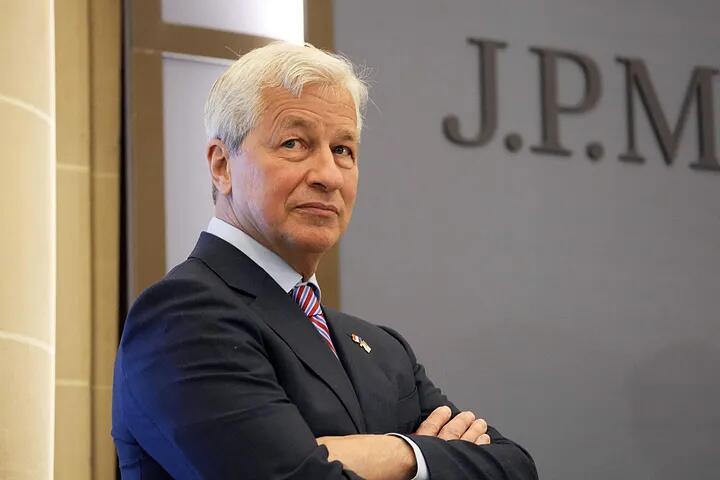from ZeroHedge:

Or at least not a desirable thing…
There’s a growing belief that regulatory clarity in the US will lead to a lot more tokenization, including for bank deposits. I agree with the first half of that thesis. Tokens are a superior form factor for a digital economy. But just because you can tokenize something doesn’t mean that you should. For too long, people have treated tokenization like it’s a supply side problem. If you tokenize it, they will come. What actually matters is demand, and that’s where tokenized bank deposits will fall short.
TRUTH LIVES on at https://sgtreport.tv/
The success of stablecoins has proven the demand for tokenized dollars. Most of the legacy stablecoins (Tether, USDC, etc) are based on a narrow bank design. The newer yield bearing stablecoins are closer to tokenized money market funds (MMFs). But aside from a few legal and regulator considerations, they are effectively the same thing — a liability against a corporate entity that holds a basket of Treasuries. My guess is that competition will eventually force every coin to pass on most of the yield. I also anticipate a new class of issuers willing to lose money on the stablecoin to use it as a loss leader for some other activity.
The theory behind tokenized deposits goes something like this: like stablecoins, bank accounts are just dollar liabilities people use for savings and payments. Since tokens are superior to accounts, we should have banks tokenize their deposits so people could use this on-chain, too.
The problem is that a tokenized bank deposit, from a traditional levered bank, is inferior along 3 crucial axes.
To wit:
Yield: Traditional deposits are a relatively cheap source of funding for banks, but tokenized deposits can’t be.
Most banks pay relatively little interest to most depositors. They can get away with this because people and companies have to use banks for savings and payments regardless. MMFs usually pay more interest, but you can’t use them for payments and there’s usually a delay in getting in and out. As a general rule of thumb, the more utility a bank account has (e.g., unlimited withdrawals from a checking account) the less interest it pays.
This means that deposits are a cheap source of funding for banks. Despite rates being near multi-decade highs, the average interest paid on a dollar bank account is still near 1%. MMFs (and their tokenized counterparts) pay close to 4%. Pretty good deal if you can get it!
Tokenization changes this dynamic because tokenized MMFs have the same utility of a tokenized deposit. They both offer 24/7 real-time payments, instant liquidity via DeFi, and so on. But the MMF pays more interest, making it a clearly superior product.
Of course a bank could always pay up to compete, but that sort of defeats the point of deposits for the bank. Depending on the rate environment they might get cheaper financing elsewhere. The other option is for the bank to start taking more risks on the asset side of its balance sheet, but now users are holding a riskier token that offers the same yield and utility.
Speaking of which:



